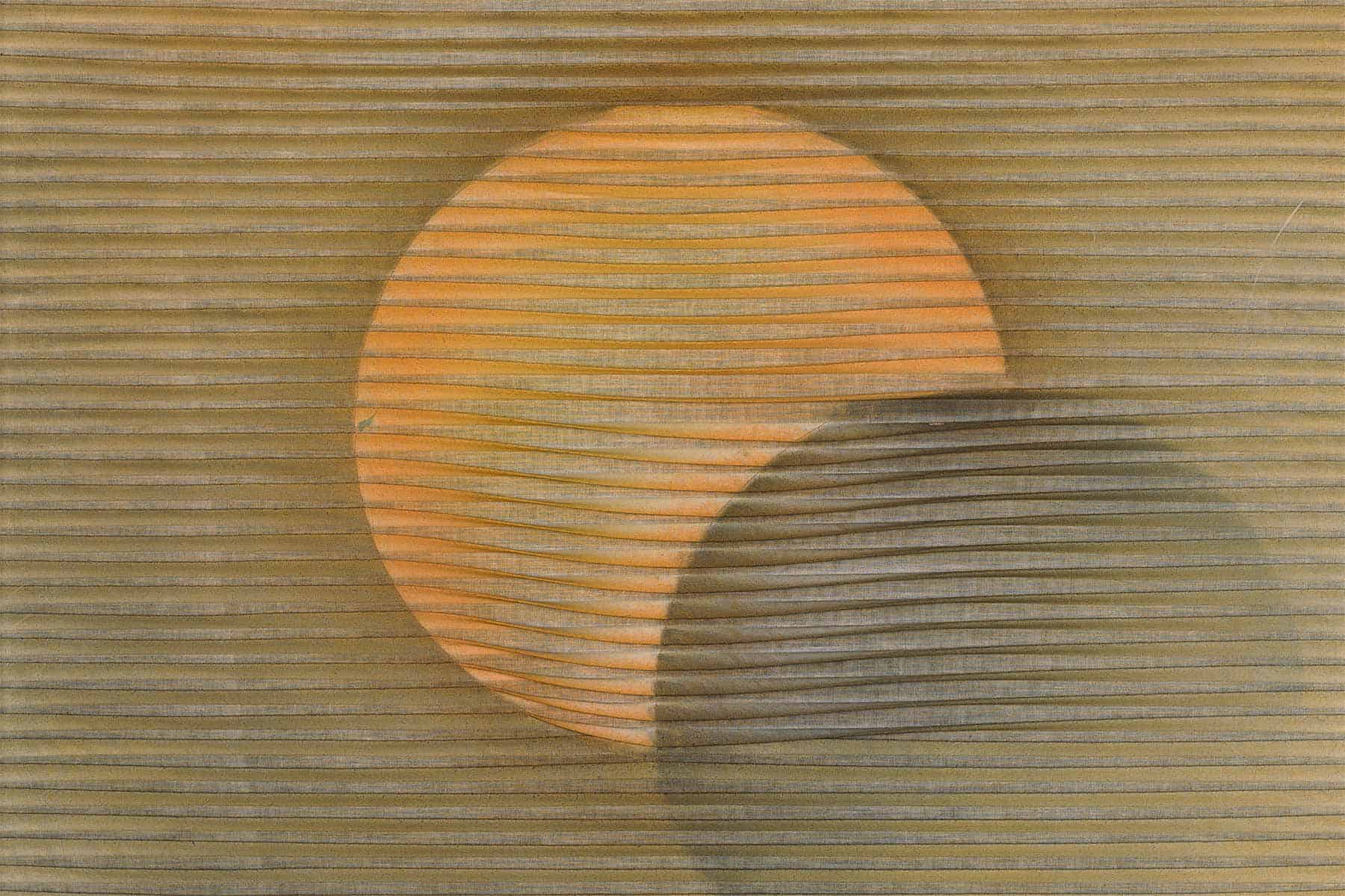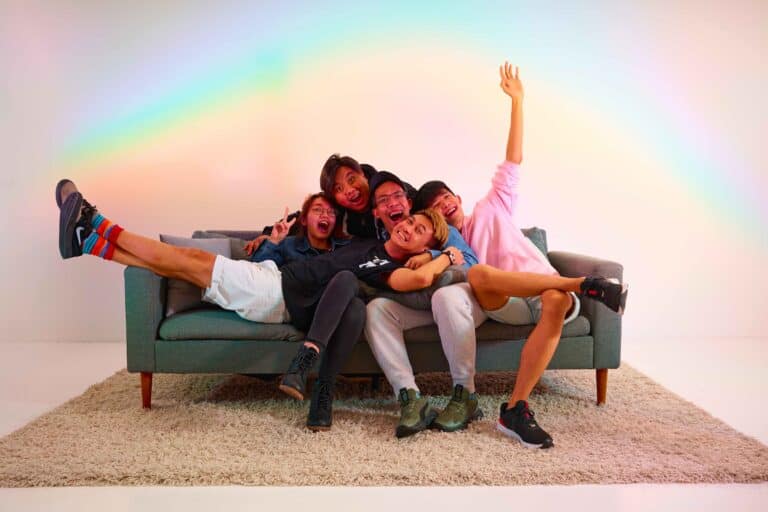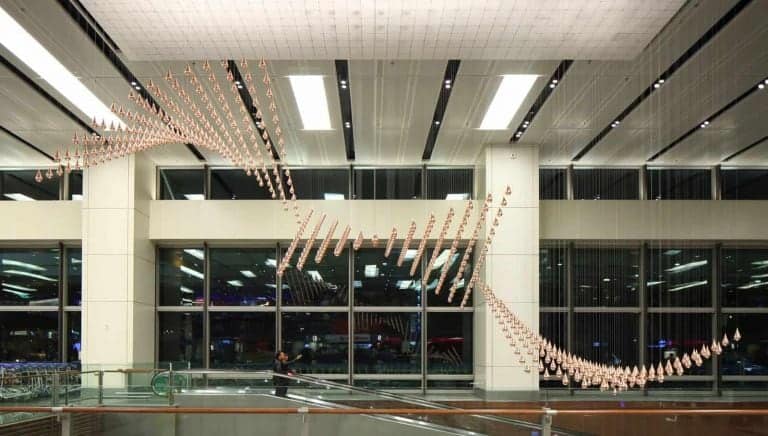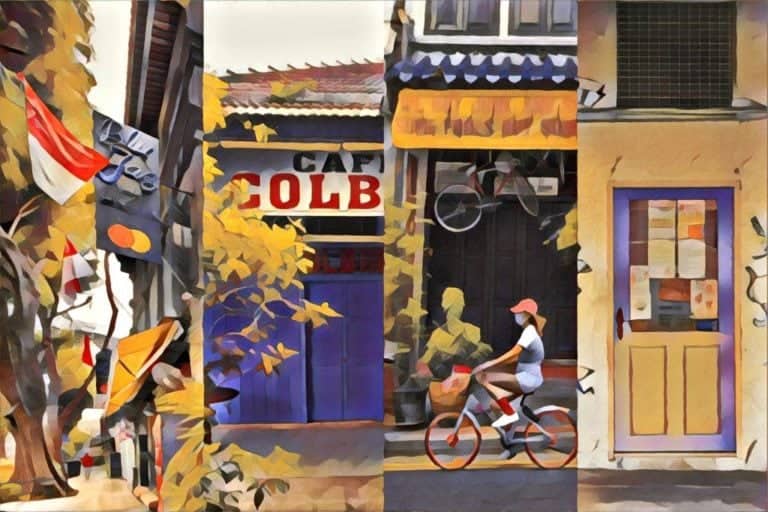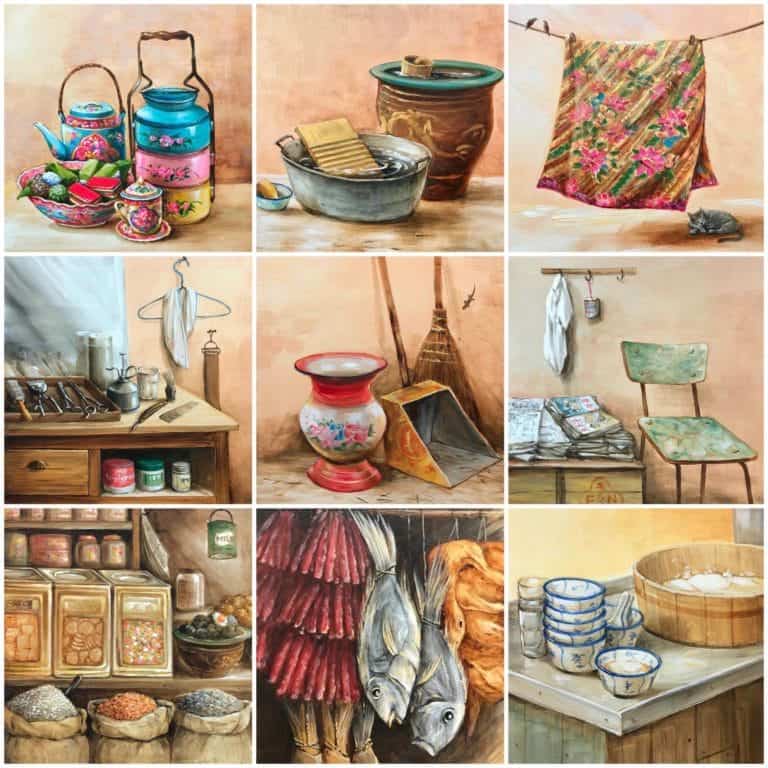What does being ahead of your time mean? National Gallery Singapore’s recent exhibition, Something New Must Turn Up: Six Singaporeans After 1965, seeks to answer this question by spotlighting six artists working in post-independence Singapore who were luminaries of their zeitgeist. This expansive exhibition (which actually functions more like six solos) highlights how the diverse practices of artists Chng Seok Tin, Goh Beng Kwan, Jaafar Latiff, Lin Hsin Hsin, Mohammad Din Mohammad and Eng Tow were influential precedents in the Singapore arts scene.
Never heard of the artists before, or feeling bewildered and unfamiliar with this history? Don’t fret – in this series, we bring you through a quick crash course on each of the innovative artists in the exhibition, and take a closer look at one of their ground-breaking works.
Eng Tow – the sixth sense
Who is Eng Tow?
I got very excited when I saw Eng Tow’s works in the gallery, because they are absolutely beautiful – so simple, but so effective. Known for her textiles, print, paper and 3D works, multidisciplinary artist Eng Tow is considered one of Singapore’s outstanding female artists of the 1980s. Although she began her career as a textiles artist and designer, she went on to experiment with a range of media that reflected her intuitive and exploratory approach to art-making. Not just an artist, she was also an educator who lectured at various educational institutions throughout her career.
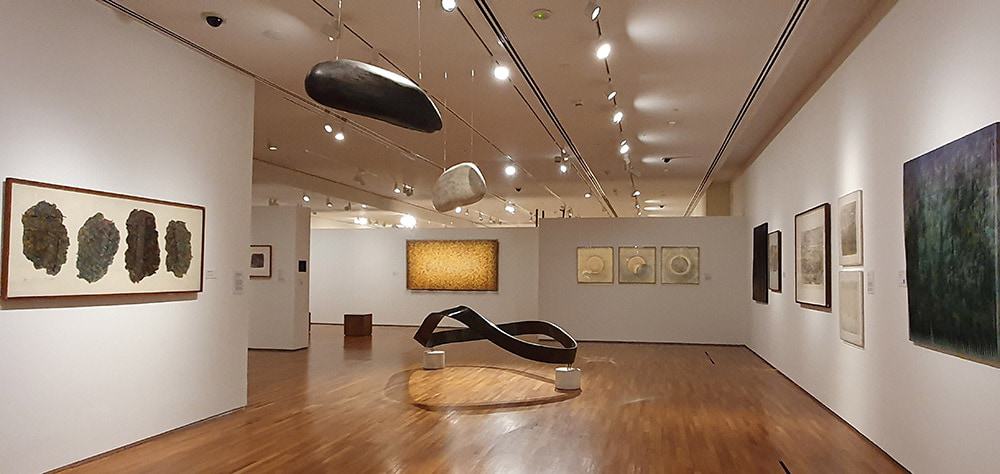
What is her work about?
Eng Tow was deeply inspired by the natural world – the beauty of nature and the universe’s endless infinitude. She was captivated by nature’s elusive and constantly changing elements that, while not so easily perceived visually, are experienced sensorially. Her works were highly personal responses to her environment and experiences in life.
In her art, motifs of weather, trees, water bodies, animals, time, infinity, dreams recur as subjects. Relatable, right? That said, you might not be able to immediately recognise them in her artworks. Rather than approaching her subjects in a descriptive manner, she depicted their characteristics as impressions or abstract forms in order to suggest a wider imaginative experience beyond conventional modes of seeing.
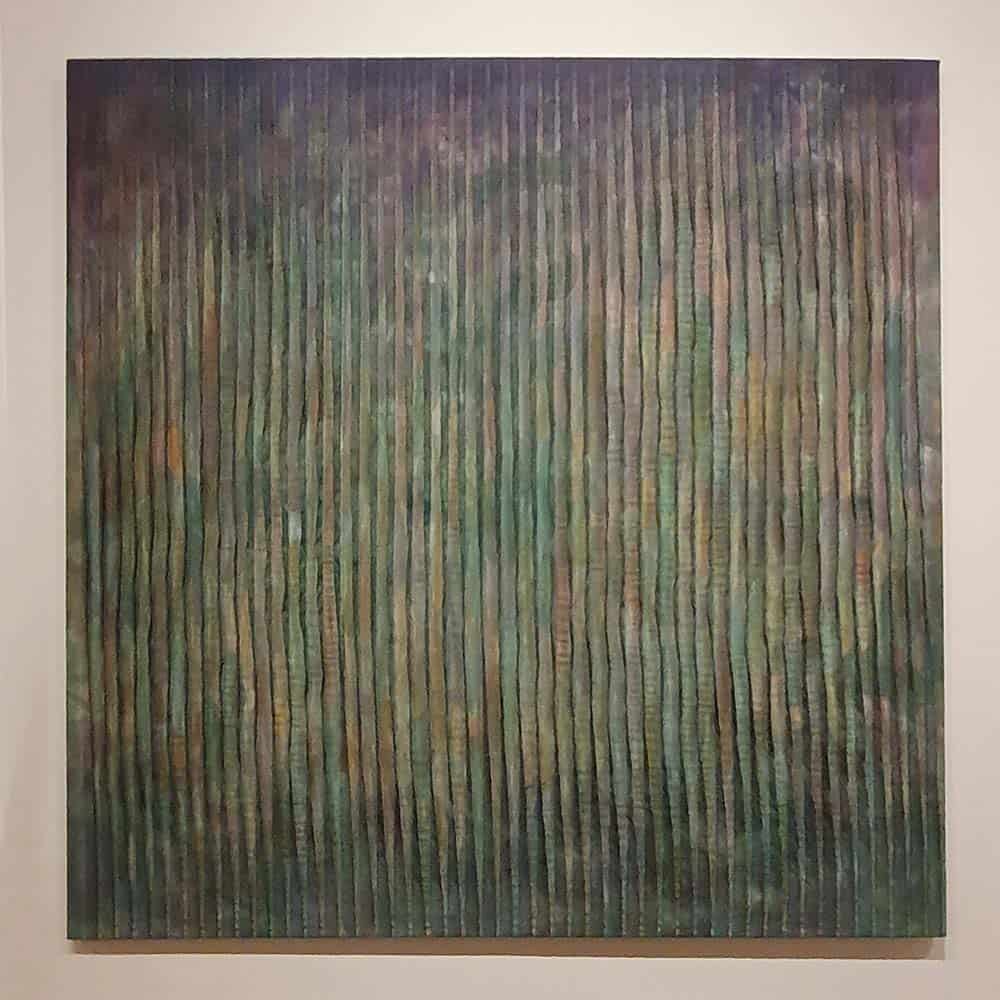
Tow worked in a way that was sensitive, intuitive and reflective. Her experiences from her extensive travels and training, especially in the United Kingdom, are revealed in her treatment materials as diverse as cloth, paper, clay, carbon fibre and bronze. Her artistic practice, spanning across almost five decades, came from a dedicated investment in pushing the boundaries of the mediums she used.
How did she make her work?
Tow is most well-known for her textile paintings or ‘cloth reliefs’, which manipulate the cloth surface to create forms that play with light, shadow and colour. Her early works were white-on-white, which, in their restraint and simplicity, depicted movement, wind and rain. They later slowly saw the subtle introduction of colour.
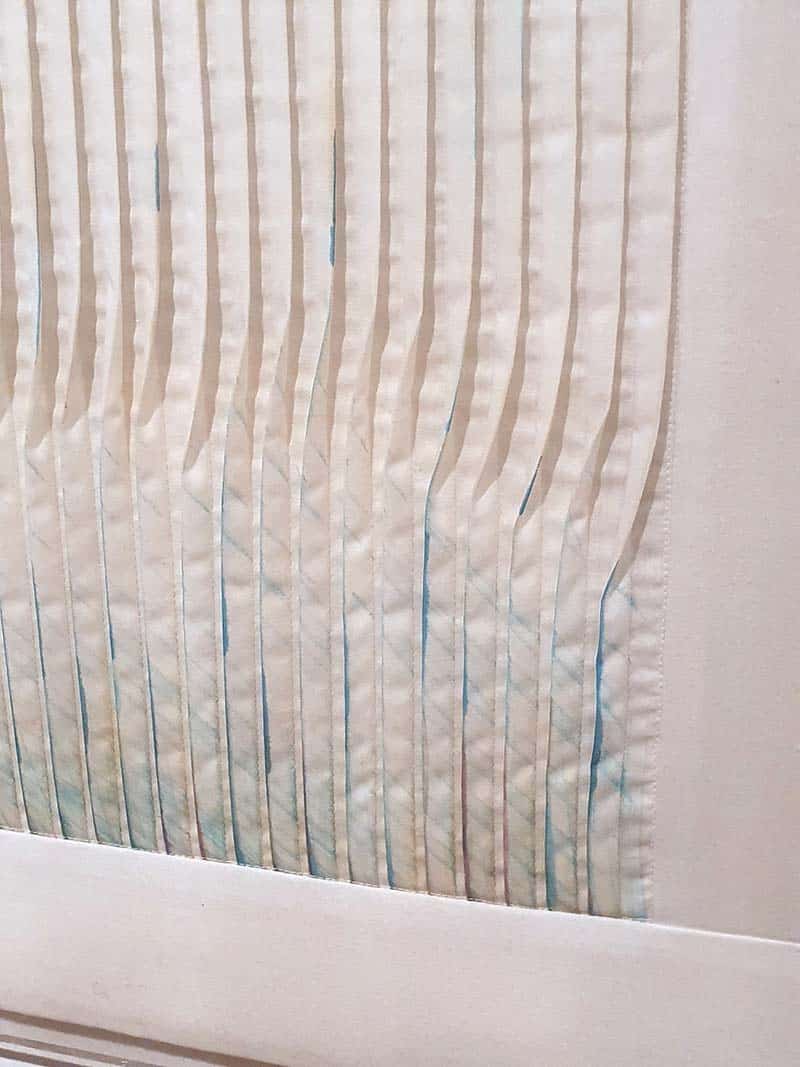
In contrast, her later ink, watercolour and acrylic brush works were freer and more dynamic expressions of the power of nature. Venturing into bronze and carbon fibre, Tow’s most recent large-scale sculptural works hark back to her considered sensitivity – simple but beautiful evocations of subjects that are at times as small and quotidian as a grain of rice, and at others, as profound as the unending ripples of a mobius strip.
Laborious in nature, her works take many months to be completed – it’s evident that she fully explores all possibilities of where the materials can take her, listening and responding to them. A piece of loosely woven cloth behaves very differently from starched cloth, different from washi paper, different from cast paper pulp. Paying close attention to the textures, quality, surfaces – the way that paint or ink is absorbed and spread, the way the medium folds and bends and crumples – these are things that can’t be taught, but only learnt through decades of dedicated work.
Which work stood out to me?

To me, Eclipse (1983) is the consolidation of all these aspects of Tow’s artistic practice. This work takes the form of a triptych and works like a movement in three frames, capturing the ephemeral and rare moment where the moon passes between the Sun and the Earth.
What’s amazing is that this isn’t a regular oil painting on canvas. In fact, it’s made using meticulously sewed and tucked cloth, in Tow’s signature technique. It produces an undulating effect of light and shadow that is enhanced by the soft application of spray paint – just enough that it subtly accents the shadows cast by the ribbed fabric.
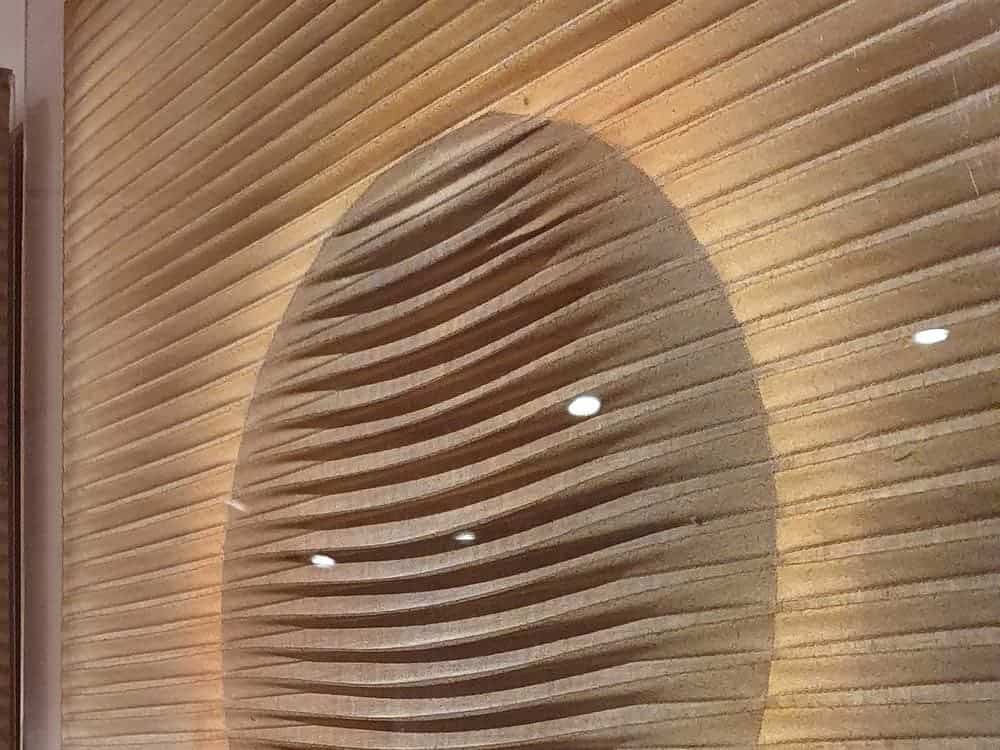
Eclipse, in other words, is the culmination of years of experience and sensitivity working with paint and textile. As a relief with three-dimensional qualities, it’s one that really needs to be seen in person to fully appreciate the level of skill needed to create it.
It also beautifully captures Tow’s enduring interests in nature’s unseen and enduring energies – the awe-inspiring, eternal movements of celestial bodies that we, as humans, can only observe as an eclipse from our vantage point on Earth. The brief moment in which the Sun, Earth’s source of energy and light (without which life cannot exist), is obscured; a universal moment that will never cease to captivate, from centuries past to centuries yet to come.
_______________________________________
Curious to see more of Eng Tow’s works? Something New Must Turn Up: Six Singaporeans After 1965 is ongoing at National Gallery Singapore until 22 August 2021.
